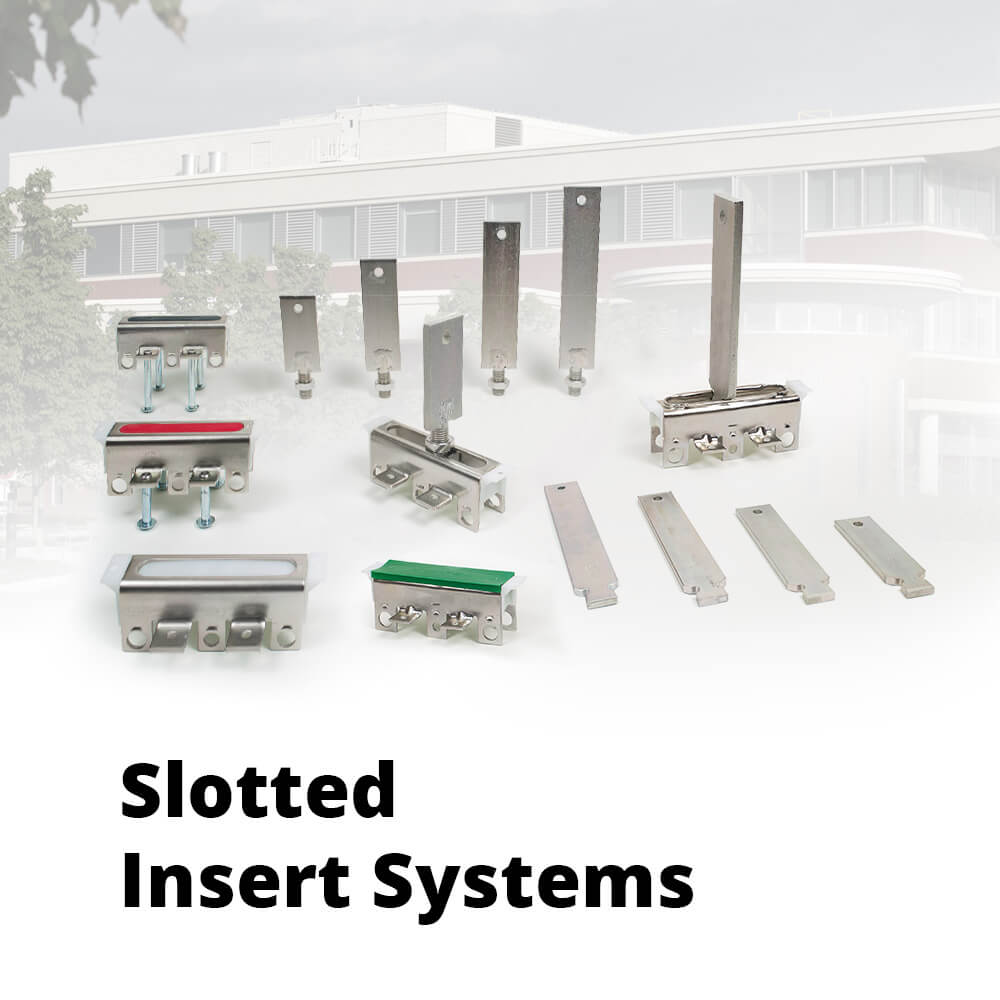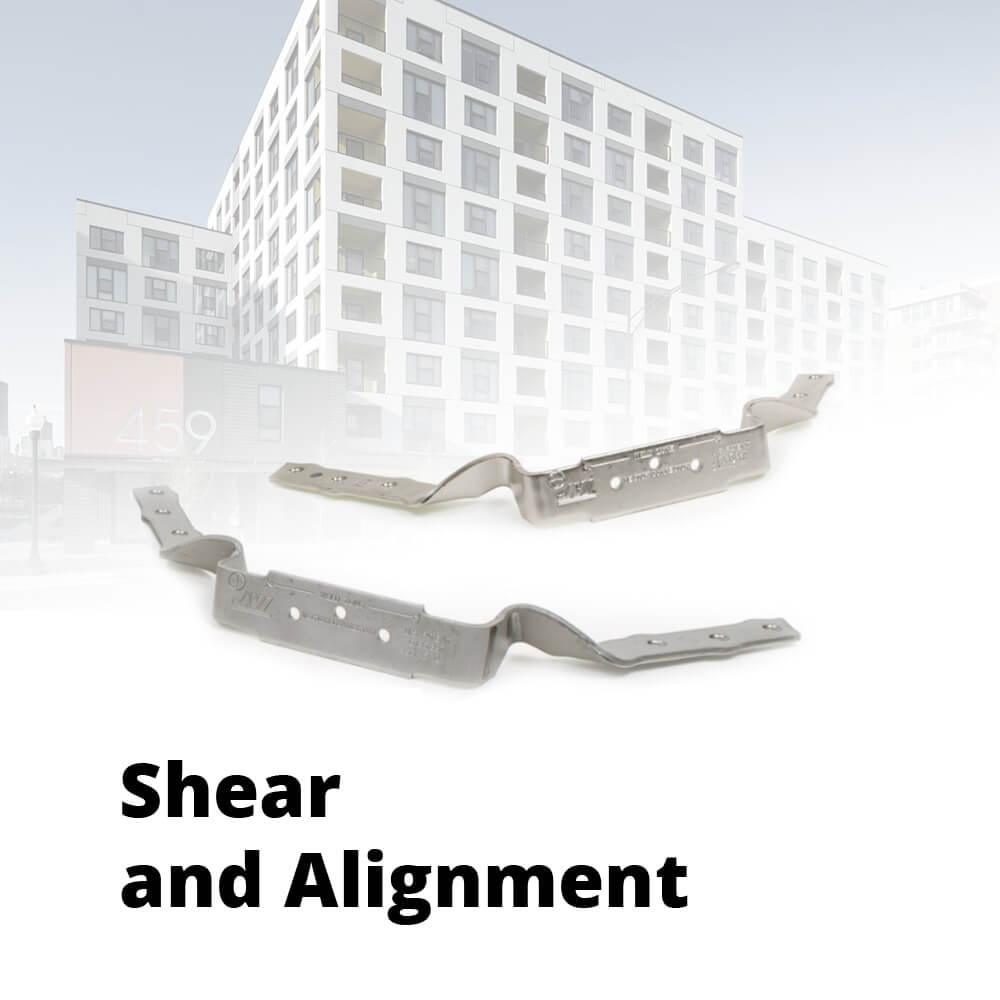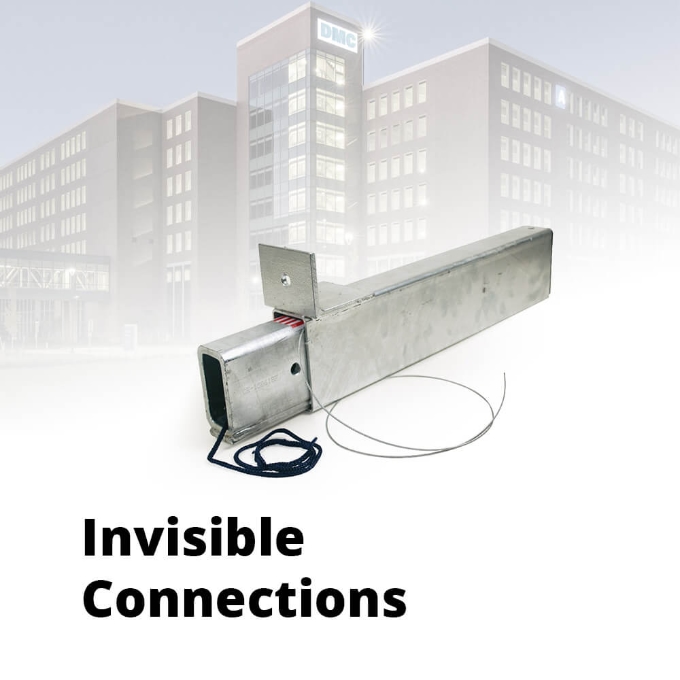Bourbon, Neat, with a Splash of Precast
Credit: Original article published here.
Two Kentucky bourbon distilleries look to precast concrete for their building needs.
By Matt Werner
Kentucky is known for many things: horse racing, college basketball, Hot Brown sandwiches and bourbon, to name a few.
Driving through Kentucky farmland, it’s easy to spot the distilleries by the distinct buildings used to age bourbon. These rickhouses are essential to producing America’s native spirit, which is unique thanks to the region’s limestone water, corn and new charred oak barrels.
Recently, two bourbon distilleries have moved away from the traditional look and turned to precast concrete for their building projects. Based on their experiences, they are hoping the material is used more across the industry in unique ways.
A new riff on an old style
New Riff Distilling in Newport, Ky., was looking to do what many bourbon producers don’t – place its rickhouse in an urban setting. Typically, the buildings used to age bourbon are in rural settings with little more than wooden beams with metal siding. But that’s not how New Riff operates –its mission is to put a “new riff” on an old style.
“We thought it would be impossible to do, but we figured out a way to do it,” said Tim Meier, who was the project manager with Schumacher Dugan Construction. “Since it was going to be in an urban area, we needed something more substantial than your typical rickhouse.”

Photo courtesy of Schumacher-Dugan
New Riff Distilling in Newport, Ky., turned to precast concrete wall panels to create its new building to age bourbon.
They discussed several different building materials, but Meier had previous experience with precast concrete and felt it would provide the perfect solution. Meier noted the speed of installation and durability of precast made it an easy sales pitch for New Riff Owner Ken Lewis.
Meier mentioned another benefit of using precast concrete – fire protection. The building holds up to 17,640 barrels of a highly flammable material, but by using precast concrete, there’s a built-in containment system should anything happen.
Lewis mentioned several other benefits of using precast concrete.
“Locating our rickhouses in an urban core required us to meet building codes not present in the countryside of Kentucky where other distilleries typically age their barrels,” he said. “Precast concrete was the clear solution to provide a durable, fast, fire-resistant, cost-effective shell. We also think the thermal damping properties of precast concrete will be a significant advancement compared to wood or metal for the all-important heating/cooling cycles for best bourbon aging.”
Greenfield, Ind.-based ATMI Precast provided the panels for the building. ATMI’s John Gress said the company produced a total of 62 precast concrete panels with the panels ranging in thickness from 9 3/4 inches to 11 3/4 inches. The panels are 12 feet wide and as tall as 52 feet. The ATMI team poured nearly 700 cubic yards of concrete for the panels, Gress said.
Production went smoothly once they got the forms ready, but having more than 190 windows made the forms more difficult to manage.
“Most buildings don’t have this many holes, and that’s a production challenge when you’re trying to turn your beds every day,” Gress said. “We made steel forms for the windows, which allowed us to place them rapidly and pour quickly.”
The job site presented another challenge, as it sits along the Licking River near other buildings, which made it difficult to get a crane, let alone 50-foot long concrete panels to the site. However, other building methods would have been impossible given these constraints, and the contractor and precaster were able to work out the details ahead of time.
“There wasn’t much maneuverability, so we had to back all the way in,” Gress said. “We were kind of pigeon-holed in there because of the other buildings around it.”
The project hit a snag when the Army Corps of Engineers halted construction to see what the impact would be on a nearby flood wall. But even that became a benefit. Turns out, the precast concrete structure improved flood protection in the area.
Once the building was set, additional architectural features were added like New Riff’s orange and black colors to the exterior, a ribbed finish and exterior stairs to give the building an industrial look.

Photo Courtesy of Schumacher-Dugan
Architectural features like New Riff’s black paint scheme and exterior staircase give the building an industrial look.
“It’s just a really good, sharp look,” Meier said. “The building has high visibility from a major bridge, and it’s just very impressive looking. We’re really happy with the end product.”
Gress liked being a part of a project in an area that’s being revitalized.
“You see the construction photos, but it’s always fun to see the final project,” he said. “And it’s right in the heart of the city, close to downtown Newport.”
Precast concrete provides Maker’s Mark a cool space
In 2010, Maker’s Mark started producing its first new product in its line since 1953. Maker’s 46 is essentially the same as the flagship brand; however, once it’s fully matured, the bourbon is put back into a barrel with 10 seared French Oak staves for an additional 10 weeks.
The additional aging with the oak staves gives the bourbon more sweetness and oak flavor. The key to the aging is it can be done only during colder months since aging during summer months would allow the bourbon to pick up different tasting notes from the wood.
Having to produce a year’s supply from October to March was becoming difficult for the iconic brand. For one, where can they store that many barrels? Further, how are they supposed to know what the demand will be each year?
So the folks at Maker’s Mark got to thinking: What if we made a cellar that had the look and feel of a wine cellar so we can produce this new brand year round?

Photo courtesy of TEC Services PLC
The Cellar at Maker’s Mark was designed in the style of a Napa Valley wine cellar.
Project Manager Rick Ogburn, president of TEC Services PLC, said the project design, which became known as The Cellar, started out like any other rickhouse, with wooden posts and structural steel beams. But Ogburn felt the building didn’t fit what Maker’s Mark Chief Operating Officer Rob Samuels was trying to sell.
The project kept evolving as the team kept asking, “What if?” First it was, “What if we went into the scenic limestone hillside on the Maker’s Mark campus?” Then, “What if we used dynamite to blast into the hill?” And finally, “What if we made a bridge abutment into the hill to give us the space we want?”

Photo courtesy of TEC Services LLC
Precast concrete box beams support the roof structure, giving Maker’s Mark an open space to place barrels.
Ogburn joked that everyone really got on board with the project when his plan included dynamite to blast away the hillside. What they came up with was using 13 precast concrete box beams to open the span, giving The Cellar 9,000 square feet of space to store barrels and an additional 3,000 square feet for future expansion.
“Just the speed in using precast beams … in one day we had a roof structure,” Ogburn said. “One day you don’t have the space, and the next day you got 9,000 square feet.”

Photo courtesy of TEC Services LLC
Crews blasted into a hillside to take advantage of the cooler temperatures needed to age Maker’s 46.
By using the precast beams, they were also able to take out the typical support columns, giving them more space to store barrels.
“It gave us a nice big single-span, open facility that we could do anything with inside because we didn’t have any columns in the way,” Ogburn said. “All of a sudden, we had a huge, open volume of space that gave Rob Samuels what he was looking for.”
That open space was vital as the project kept evolving.
“This project started out as a concept,” Ogburn noted. “As we looked at what we were going to do, it always became, ‘What can we do to make it better?’ and those are the best types of projects.”
Clif Slaton, the on-site engineer at Maker’s Mark, likes having the open space as well since it doesn’t detract from looking at the barrels. And by putting soil and grass on top of the building, it fits in perfectly with the surrounding scenery.
“The structure of the building is there, but you don’t really see it,” he said. “The space and environment we needed wouldn’t have been possible with any other method of construction. You have this great green roof, and every morning there’s deer up there, which just looks really neat.”
Since the facility is partially below grade, the conditions are perfect for aging Maker’s 46.

Photo courtesy of TEC Services PLC
By using precast concrete, Maker’s Mark is able to fill and store more barrels of Maker’s 46 since the building required no interior columns.
“Having The Cellar gives us room to grow, which 46 has grown very rapidly,” Slaton said. “We have the ability now to produce it year-round, and we don’t have to keep near the amount of inventory on the floor. It helps us a lot from a logistics and operations standpoint.”
Samuels is happy with the end product as well and has included the building as part of the Maker’s Mark tour.
“I couldn’t be happier with The Cellar,” he said. “We wanted it to be not only functional but also to reflect the care we take at Maker’s Mark to do things the right way. It gives the Maker’s 46 brand a sense of place, and it’s environmentally responsible.
“It’s a win on many levels.”
As an engineer, Slaton loved seeing the technical side of the project play out.
“It’s an interesting use of precast concrete to see,” he said. “It was a really inspired idea and just a great idea by Rick that worked out really well. Maybe we’ll inspire someone else to use precast beams in unique ways.”
Matt Werner is the managing editor of Precast Solutions magazine and NPCA’s communication manager.
The post Bourbon, Neat, with a Splash of Precast appeared first on National Precast Concrete Association.





